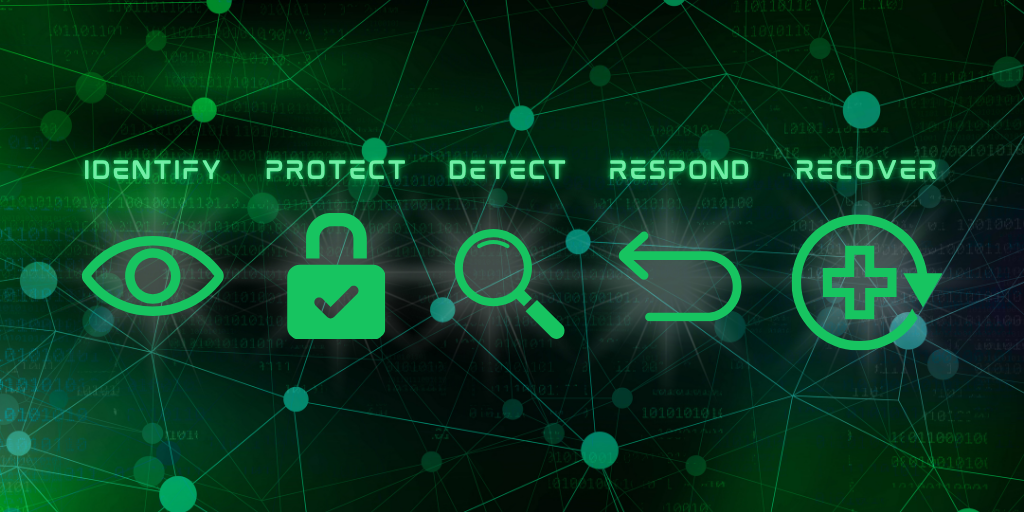Secure Messaging Practices for Small Businesses
Small businesses must prioritize secure messaging to protect sensitive information and maintain customer trust.
2 min read
Ben Markulec : Mar 11, 2022 4:56:42 PM

The workplace environment has seen a drastic shift in the attitude about the actual value of a physical workspace. Return to work plans post-pandemic for some has been adjusted to permanently working remotely from home. Home networks are often more vulnerable to cyberattacks than office networks. Moreover, because of this the likelihood and risk of experiencing a cyber-attack is greater than ever before. In 2020, the average cyberattack cost organizations $3.86 million.
Cybercriminals are constantly developing and fine-tuning their methods, and all it takes is one slip up from any one of your employees. A company's workers are the greatest vulnerability to cybercrime. The implementation of an extensive cybersecurity policy and training within an organization can only be advantageous, but only if it impacts all workers from the lowest level employee to upper management.
Often cybercriminals use social engineering to actively take and use information from digital sources. This typically comes in the form of emails, so it is critical to confirm the authenticity of these communications. Some red flags to keep your eye out for are strange domain names, communications sent at odd hours, out-of-character messages, and misspelling. Before sending any sensitive information out you should cross-check that the contact information is correct and confirm that they are who they say they are.
Installing updates to your software is crucial especially because they frequently include important security patches. Looking at each of your company's endpoints (desktops, laptops, phones) and determining whether they meet security standards is also drastically important. Employees might feel reluctant to communicate their concerns or report an attack out of fear of being penalized for it. Creating discourse about cyber security will lessen this, but your workers need to know to mention something. Even if an individual is at fault, management needs to make it clear that they won't ever chastise anyone for speaking up because it would incentivize more communication and quicker incident response.
There are plenty of digital tools wildly available to help tighten up business security. VPNs should be used whenever doing work on a free or not trusted Wi-Fi. Multi-factor authentication that requires two or more sources of evidence to prove identity should be implemented across the board. Oftentimes a company will install a password manager as well. Make sure employees only have access to sensitive data when they need it, delete data that’s no longer in use, and establish formal processes for data management and protection.
Phishing is an example of social engineering where an attacker sends a deceptive message designed to trick a person into giving up sensitive information or to install malware and or ransomware. However, we can use phishing to our advantage sometimes. By internally conducting phishing tests on your employees you will be able to evaluate the state of your company's cybersecurity awareness. This also highlights which people need additional training if they fall for the attempt without any repercussions of experiencing an attack.
The amount of time and resources required to determine whether a cyberattack is taking place and how to combat it far exceed the cost of implementing cybersecurity policy and training. Companies should remind their employees that they have the power to drastically reduce the risk of a successful cyberattack.

Small businesses must prioritize secure messaging to protect sensitive information and maintain customer trust.

In an era of ever-evolving cyber threats, small businesses can adopt the NIST Cybersecurity Framework to achieve robust cybersecurity without...

Phishing attacks are becoming increasingly sophisticated, posing a significant threat to businesses of all sizes. Implementing key strategies can...